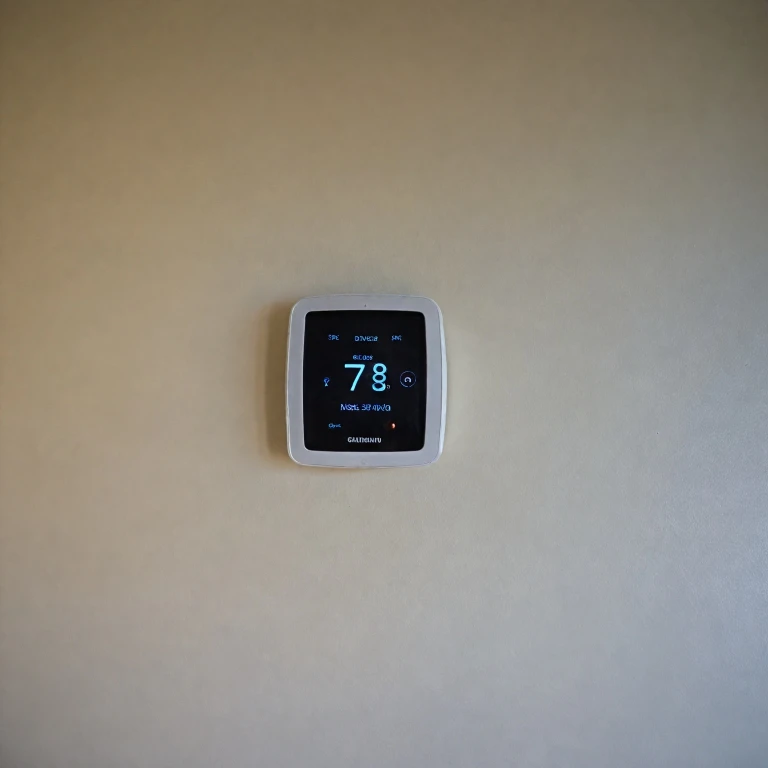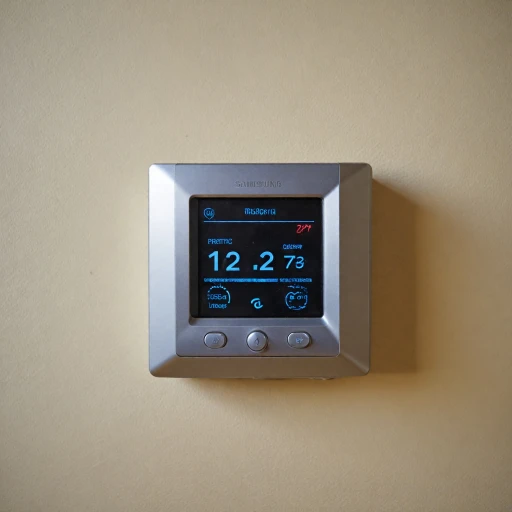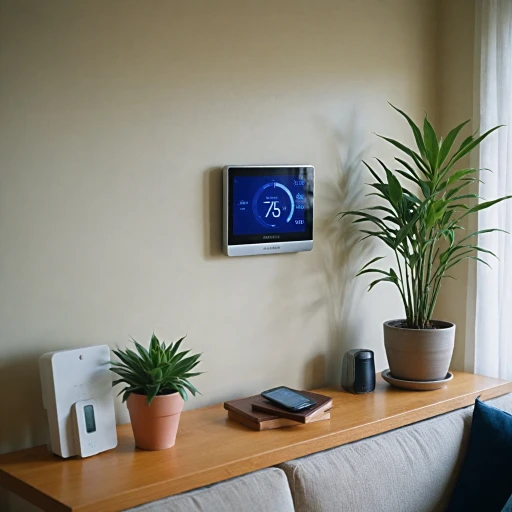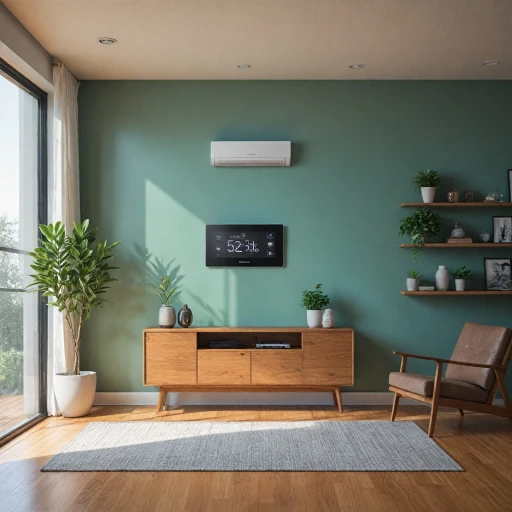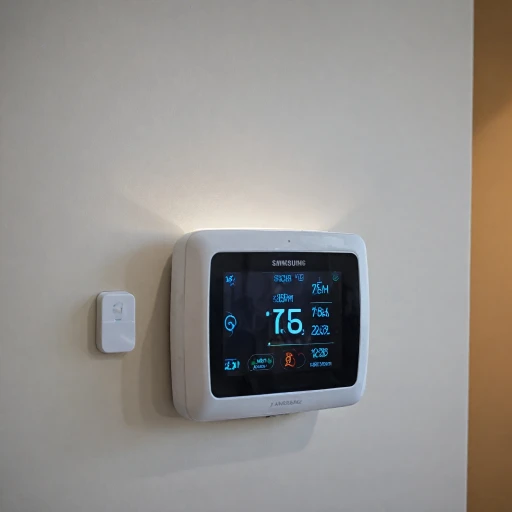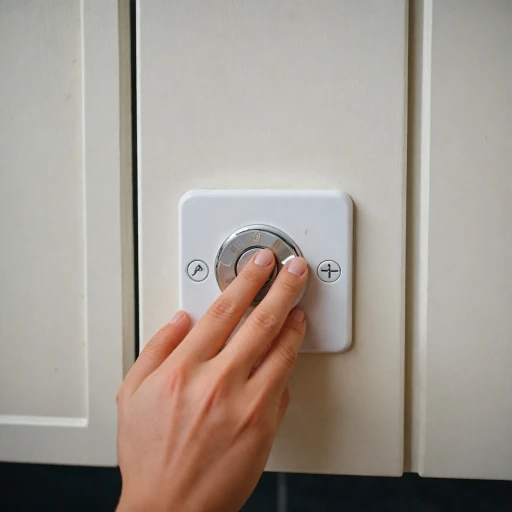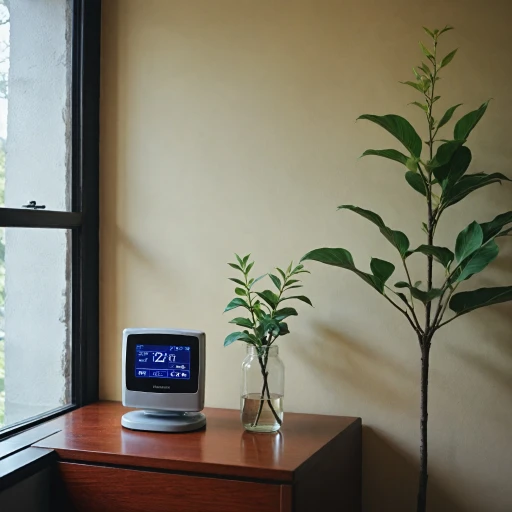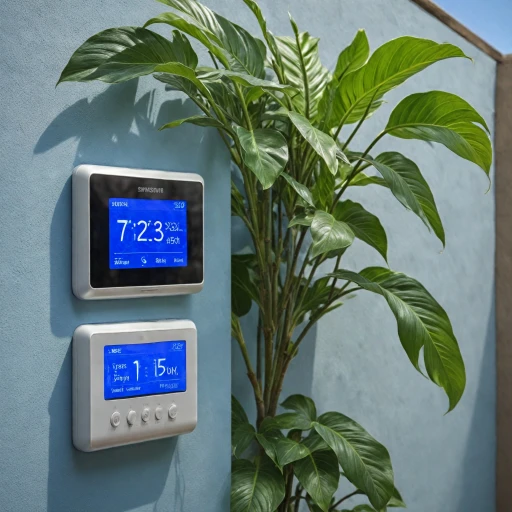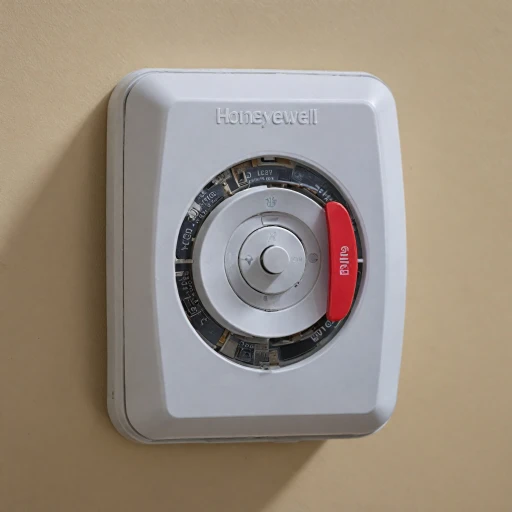
What is an Ecobee Sensor?
Exploring the Functions and Capabilities
Ecobee sensors are sophisticated devices designed to complement your smart thermostat experience by making it more effective in regulating temperature according to your preferences and enhancing energy savings. But what exactly is an Ecobee sensor? To put it simply, these sensors provide real-time information that helps your smart thermostat make informed decisions about your home’s climate. Each sensor is equipped with the ability to detect temperature and occupancy, allowing the thermostat to adjust heating or cooling based on the specific conditions of individual rooms. They form the backbone of a smart home’s climate control system, offering a level of comfort that traditional thermostats may struggle to achieve. If you’re looking into maximizing energy efficiency and saving on energy bills, the use of Ecobee sensors can be a significant benefit. For further insights on enhancing your smart thermostats with additional technology like outdoor temperature sensors, you can explore related resources here. The sensors have an affordable price point and can be positioned in strategic locations around your home to ensure all areas are covered, factoring into their design aesthetics with considerations like stroke width, height, and width depth for easy placement. They offer a long battery life, which ensures they keep functioning without frequent maintenance. With the convenience of voice control in various smart thermostat models, the use of Ecobee sensors could also add an extra layer of smart security and peace of mind, knowing your home environment is optimized for comfort and efficiency.How Ecobee Sensors Enhance Energy Efficiency
Boosting Energy Efficiency Through Smart Sensor Technology
When it comes to improving energy efficiency, Ecobee sensors play a vital role in tandem with your smart thermostat. These sensors are designed to optimize the temperature control process, ensuring that your home's heating and cooling systems are used efficiently. Here's how they achieve that:- Occupancy Detection: Ecobee's smart sensors are equipped with occupancy detection technology. This means they can sense when a room is occupied or empty and adjust the temperature accordingly. This function helps prevent energy wastage by ensuring that heating or cooling is only used in rooms that are actually in use, allowing you to save energy and reduce your bills.
- Customized Comfort Zones: By placing sensors in various rooms, you can create specific comfort zones throughout your home. Each sensor adjusts the thermostat settings based on the room's current conditions, providing targeted comfort without the need for blanket temperature settings. This tailored approach enhances both efficiency and comfort.
- SmartAnalytics Integration: Many Ecobee sensors utilize SmartAnalytics to learn your household patterns over time. By understanding when you are typically at home or away, these sensors make smarter, predictive adjustments to your thermostat. This predictive capability adds an extra layer of efficiency by pre-emptively controlling energy use before it becomes a wastage concern.
Personalized Comfort with Ecobee Sensors
Customizing Indoor Climate with Ecobee Enhanced Capabilities
The Ecobee smart thermostats, equipped with the innovative Ecobee sensors, bring a new level of personalized comfort to your living spaces. These smart sensors provide precise room temperature readings that adjust your home's climate to align precisely with your preferences, ensuring maximum comfort where it's needed the most.
Ecobee sensors identify the occupancy of rooms, allowing the thermostat to prioritize heating or cooling to those occupied spaces. By doing so, Ecobee thermostats make efficient use of energy, concentrating their efforts only in areas where you currently spend your time.
- Smart Sensor Integration: These sensors seamlessly integrate with your Ecobee thermostat to optimize temperature control based on real-time data.
- Occupancy Detection: Monitor which rooms are in use, adjusting temperatures only in those areas to save energy and enhance comfort.
- Flexibility and Control: With voice control options, you can adjust temperatures without leaving your comfort zone.
The smartsensor's ability to adapt to occupancy and preferences provides not only energy savings but also offers peace of mind, knowing that comfort is maintained throughout your home. The advanced technology and extended battery life of Ecobee sensors ensure reliable and continuous operation.
By leveraging the advanced features of Ecobee sensors, homeowners can enjoy an environment that aligns with individual temperature preferences, ensuring personalized comfort at every turn. This smart adjustment delivers an experience tailored to each occupant's needs while maintaining an price-conscious approach to energy consumption, offering a balance between comfort and efficiency that truly defines modern living.
Installation and Setup of Ecobee Sensors
Setting Up and Placing Ecobee Sensors for Optimal Performance
Integrating Ecobee sensors with your smart thermostat setup can seem daunting at first, but with a little guidance, the process becomes simple and rewarding. Ensuring that your home is equipped with Ecobee's smart sensors allows for enhanced temperature management in multiple rooms, offering the potential to save energy and improve both comfort and efficiency. Knowing where and how to place these sensors can make a significant difference.- Unboxing and Preparing the Sensors: Each Ecobee sensor comes with a built-in battery, small enough for easy handling yet designed to last, generally offering a remarkable battery life. Upon unboxing, inspect the accessories to ensure all components are present and in good condition.
- Pairing with the Ecobee Thermostat: Start by accessing the interface of your Ecobee thermostat. The design is user-friendly and includes informative animation to guide you through the pairing process. Follow the on-screen instructions to connect the sensors—this ensures they sync seamlessly with your system. The smartthermostat with voice control is compatible, making management straightforward.
- Choosing Strategic Locations for Placement: To maximize energy savings and comfort, place sensors in rooms where you spend the most time, such as living rooms or bedrooms. For optimal performance, position the smartsensor at a height of 5–6 feet; similar to where you might place a stroke-width thermometer.
- Maintaining Focus on Occupancy: One of the primary benefits of Ecobee sensors is their occupancy detection capability, which enables targeted temperature adjustments. These smart sensors will communicate with your thermostat as you move through different rooms, benefiting from their smart security features.
- Ensuring Connectivity and Coverage: Avoid placing sensors near direct sunlight or electronics that can interfere with wireless signals. Ensure adequate spacing between the smart devices to maintain strong connectivity across all placed sensors.
Integrating Ecobee Sensors with Smart Home Systems
Connecting Your Ecobee Sensors to Smart Home Systems
Integrating Ecobee sensors with your smart home systems can significantly enhance your home's comfort and energy efficiency. These sensors are designed to work seamlessly with various smart home platforms, allowing you to create a cohesive and responsive environment.
Compatibility and Integration
Ecobee sensors are compatible with a range of smart home systems, including Amazon Alexa, Google Assistant, and Apple HomeKit. This compatibility allows you to use voice control to adjust your thermostat settings, providing a hands-free experience. By integrating these sensors, you can automate temperature adjustments based on occupancy and room usage, ensuring optimal energy savings and comfort.
Setting Up Your Smart Home Ecosystem
- Choose Your Platform: Decide which smart home platform you will use to control your Ecobee thermostat and sensors. Each platform offers unique features, so consider your specific needs and preferences.
- Connect Your Devices: Follow the instructions provided by Ecobee to connect your sensors to your chosen smart home system. This process typically involves using the Ecobee app to link your devices.
- Customize Your Settings: Once connected, customize your settings to automate temperature adjustments based on your daily routine. You can set specific temperatures for different times of the day or when certain rooms are occupied.
Maximizing Energy Efficiency
By integrating Ecobee sensors with your smart home system, you can maximize energy efficiency. The sensors detect occupancy and adjust the temperature accordingly, ensuring that energy is not wasted heating or cooling empty rooms. This not only saves energy but also reduces your utility bills, providing peace of mind.
Ensuring Security and Reliability
Ecobee sensors also contribute to your home's security. By monitoring occupancy, they can alert you to unexpected activity, adding an extra layer of security to your smart home. Additionally, the sensors are designed for long battery life, ensuring they remain reliable over time.
Integrating Ecobee sensors with your smart home systems is a straightforward process that offers numerous benefits, from enhanced comfort to significant energy savings. With the right setup, you can enjoy a more efficient and secure home environment.
Troubleshooting Common Issues with Ecobee Sensors
Addressing Ecobee Sensor Challenges with Ease
Ensuring smooth operation of your Ecobee smart sensor can sometimes require troubleshooting. With the right approach, you can keep your system functioning optimally, enhancing your energy savings and occupancy comfort.
- Connectivity Issues: If your sensor isn't communicating with the Ecobee thermostat, check its battery life. Batteries may need occasional replacement to maintain free-flowing connectivity. Make sure the sensor is within the recommended height, width, and depth of the thermostat to ensure stable communication.
- Temperature Discrepancies: For cases where room temperature readings feel off, ensure sensors are placed away from direct sunlight or heat sources. Smart sensors are designed to provide localized comfort, so positioning them in appropriate room zones is essential.
- Sensor Placement: Placing sensors too low or too high may affect their ability to read room conditions effectively. Make sure your sensors are ideally placed at a standard elevation to accurately capture room temperature and occupancy data.
- Firmware and Compatibility: Regularly updating the Ecobee firmware is crucial for functionality. Keeping the thermostat and sensors updated helps avoid bugs and maintains compatibility with your smart home systems.
- Smart Home Integration: If you're experiencing challenges integrating with smart home systems, verify that all connected devices are part of the same network. This ensures smooth operation, especially when using voice control options for enhanced convenience.
- Consulting Ecobee Support: When all else fails, reaching out to Ecobee support is your best option. They offer guidance on troubleshooting various issues to secure that peace of mind you seek in your smart home setup.
Investing in smart security features and the ability to save energy with Ecobee thermostats adds value and comfort to your space—issues with sensors should be seen as an opportunity to refine and optimize your system.
